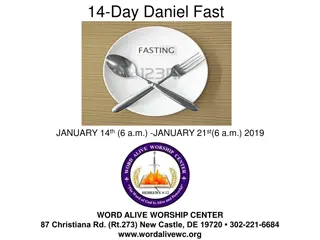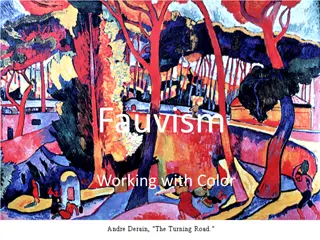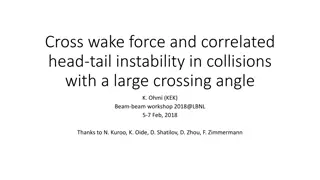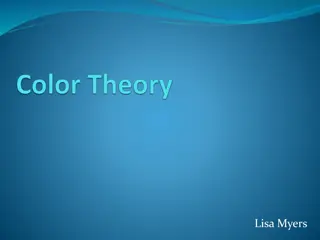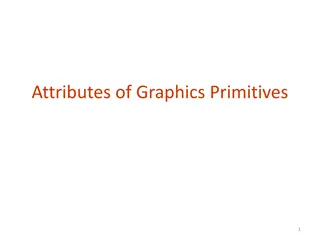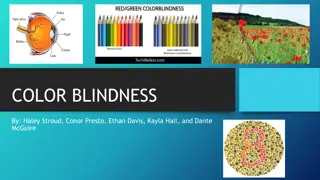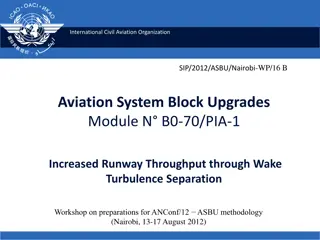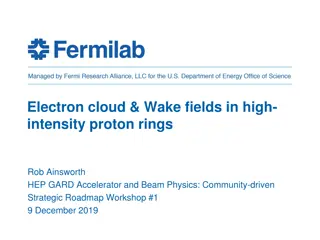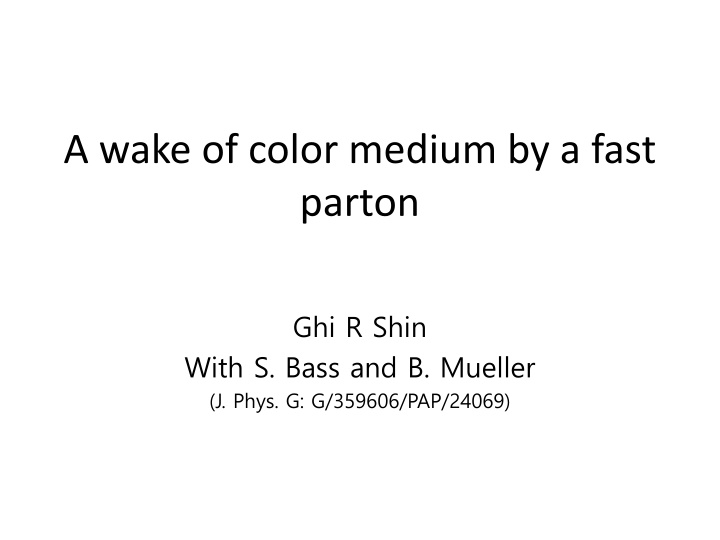
Predictions for Nobel Prize Winners and Challenges in Physics
Explore predictions for upcoming Nobel Prize winners in physics, including discoveries in cosmology, chaos theory, extrasolar planets, carbon nanotubes, and more. Delve into the challenges faced in heavy ion collisions with unknown parton distributions and parameters. Stay informed on the latest advancements in the field of physics.
Download Presentation

Please find below an Image/Link to download the presentation.
The content on the website is provided AS IS for your information and personal use only. It may not be sold, licensed, or shared on other websites without obtaining consent from the author. If you encounter any issues during the download, it is possible that the publisher has removed the file from their server.
You are allowed to download the files provided on this website for personal or commercial use, subject to the condition that they are used lawfully. All files are the property of their respective owners.
The content on the website is provided AS IS for your information and personal use only. It may not be sold, licensed, or shared on other websites without obtaining consent from the author.
E N D
Presentation Transcript
A wake of color medium by a fast parton Ghi R Shin With S. Bass and B. Mueller (J. Phys. G: G/359606/PAP/24069)
Predictions of upcoming winners for Nobel Prize In Physics For discovering accelerating cosmological expansion: Adam Riess, Saul Perlmutter, Brian Schmitt For formulating chaos theory: Mitch Feigenbaum, Edward Ott, James Yorke, and Celso Grebogi, Harry Swinney, Benoit Mandelbrot For the discovery and study of extrasolar planets: Alexsander Wolszczan, Dale Frail, Paul Butler, Geoffrey Marcy, Michael Mayor, Didier Queloz, David Lathan For discovering and developing carbon nanotubes: Sumio Iijima, Cees Dekker, Phaeton Avouris, Charles Lieber, Thomas Ebbeson For synthesizing superheavy elements: Peter Armbruster, Yhuri Oganessian, Sigurd Hofmann For formulating inflationary cosmology: Alan Guth, Paul Steinhardt, Andrei Linde For predicting, discovering, and developing negative-index metamaterials: Victor Veselago, John Pendry, David Smith, Xiang Zhang, Sheldon Schultz, Ulf Leonhardt For discovering and developing photonic crystals: Eli Yablonovitch, Shawn Lin, John Joannopoulis For discovering graphene: Andre Geim and Kostya Novoselov For studies on quantum nonlocality, entanglement, decoherence, and atom optics: Alan Aspect, Serge Harouche, Anton Zeilinger, Charles Bennett, Anton Zurek, David Pritchard, Joerg Schmiedmayer, David Wineland, Peter Zoller For achieving stopped light and electromagnetically induced transparency: Lene Hau, Ronald Walsworth, Mikhail Lukin, Stephen Harris, and Marlon Scully For predicting and demonstrating quark-gluon plasma: Miklos Gyulassy, Bill Zajc, Berndt Mueller For the development of the LED laser, Nick Holonyak; Shuji Nakamura, blue laser; Robert Hall, first semiconductor laser For the discovery of the top quark: Paul Grannis, Mel Schocket, William Carruthers Show repliesNone of the above... I think this will win (please specify)
Problems with PCC: heavy ion collisions Unknown parton distributions of nuclei: CTEQ, GRV & EKS, CGC So many unknown parameters: coupling constant, minimum momentum transfer, density, temperature, . Unknown equations of motions: Elze and Heinz, Geiger, Jeon, NEEDS a simple and understandable scheme which has minimal unknowns
BRICK problem Thermalized system of gluons, quarks and antiquarks, or quarks and gluons Well defined temperature or entropy Thermal cross section: much less controversal natural cutoff for the minimal momentum transfer Might important in QGP or Heavy Ion Collisions
1. Initial distribution Gluon: (Anti)Quark:
2. Cross Sections(thermal) gg->gg: gg->qq: gq->gq: qq->qq: qq->gg: gg->ggg:
3. PCC NOT smart way but WORKS OK
4. Results I: Fast Parton Monte Carlo sampling:
6. Concluding Remarks Good agreement with analytic formula in elastic scattering The medium responds differently with different temperature and projectile Do we see Mach cone or what are the angles?






